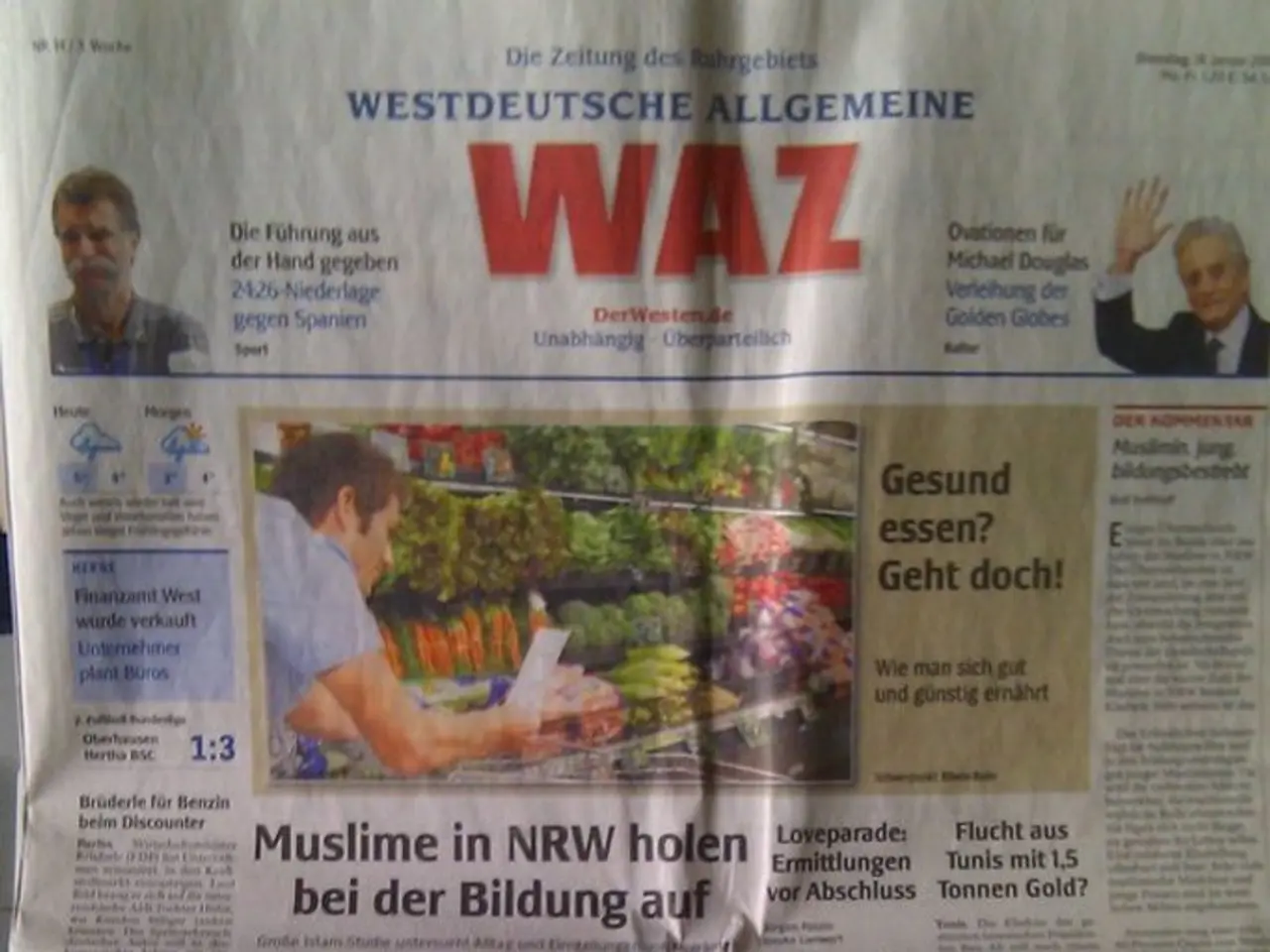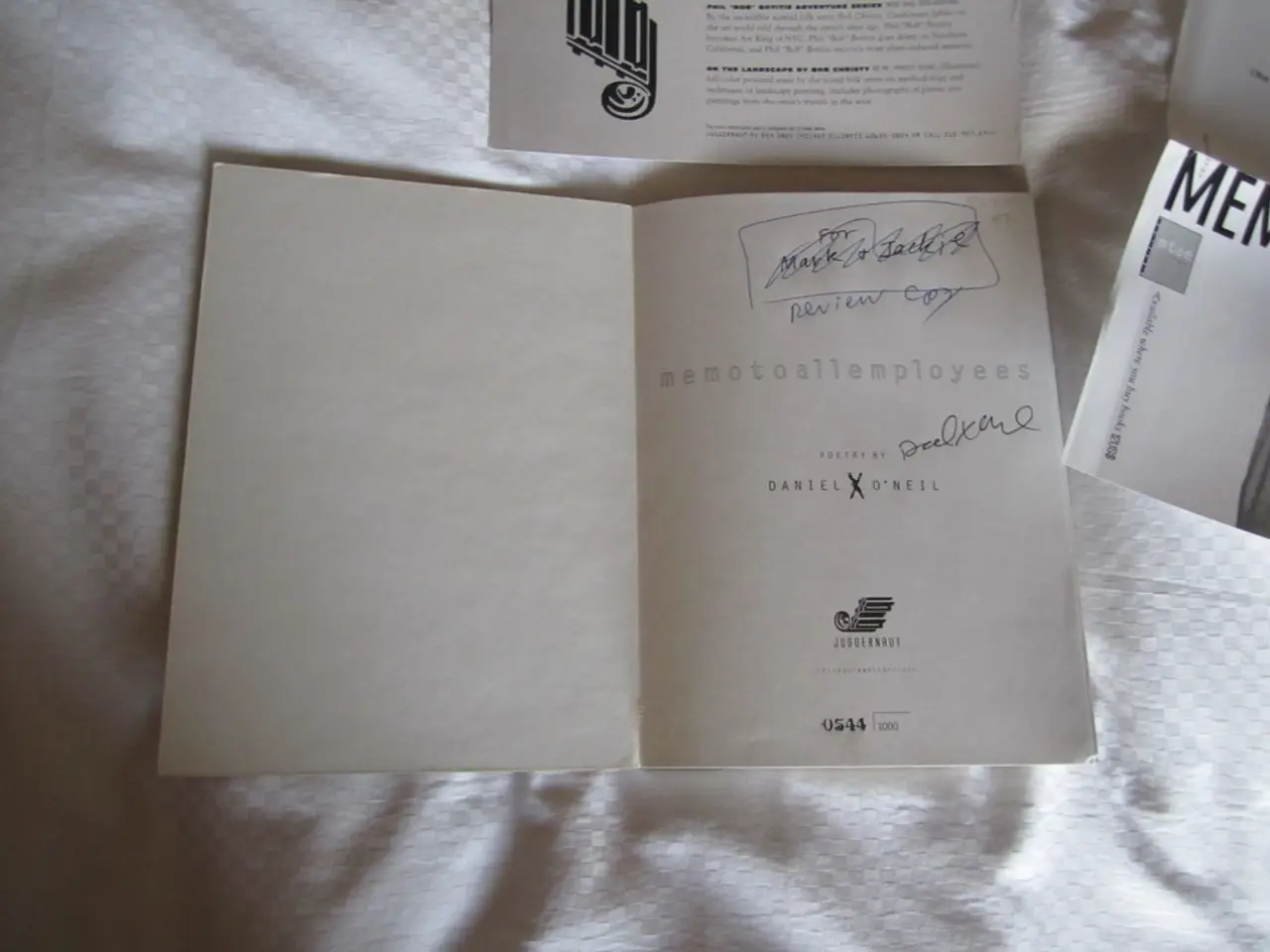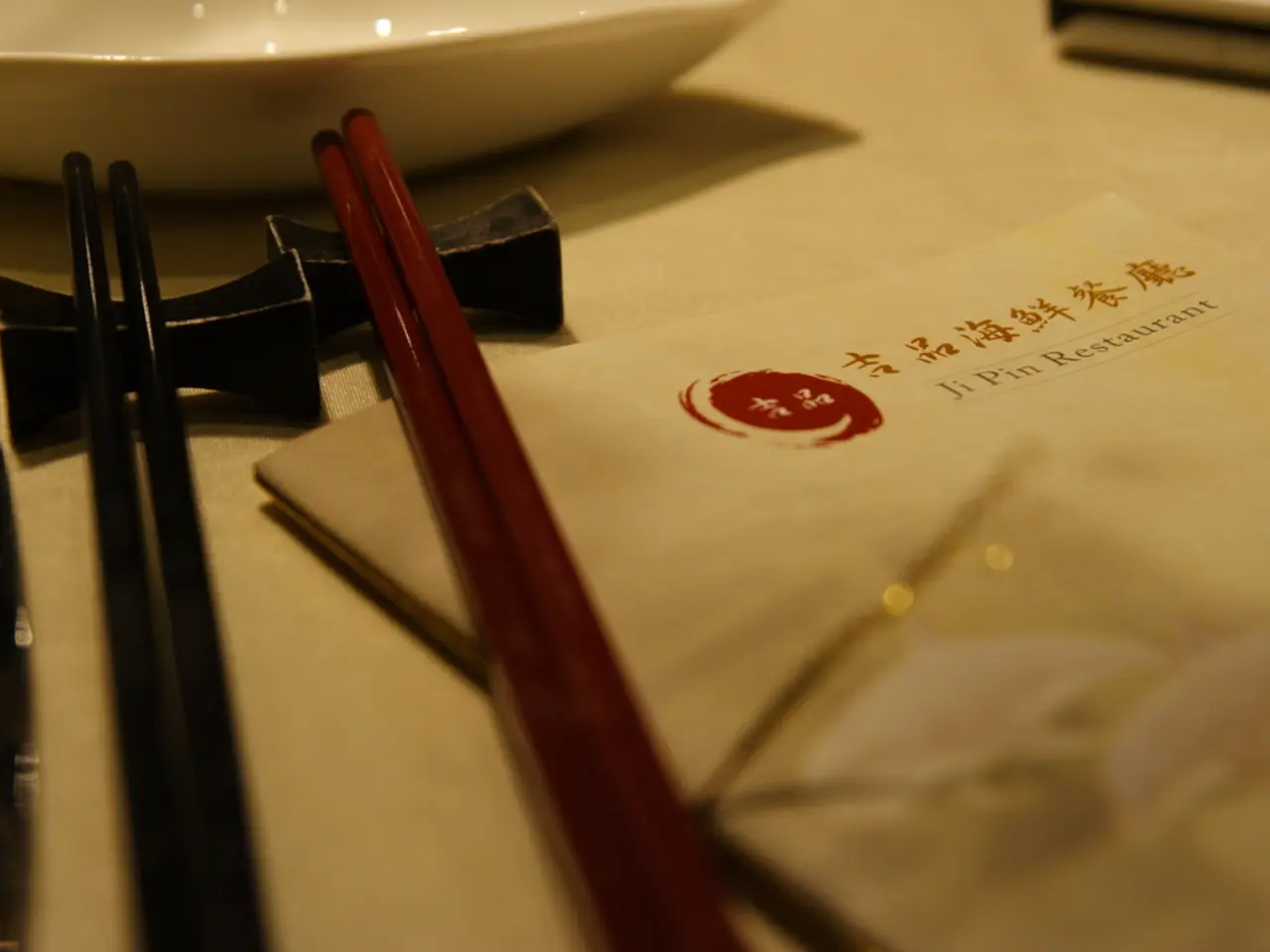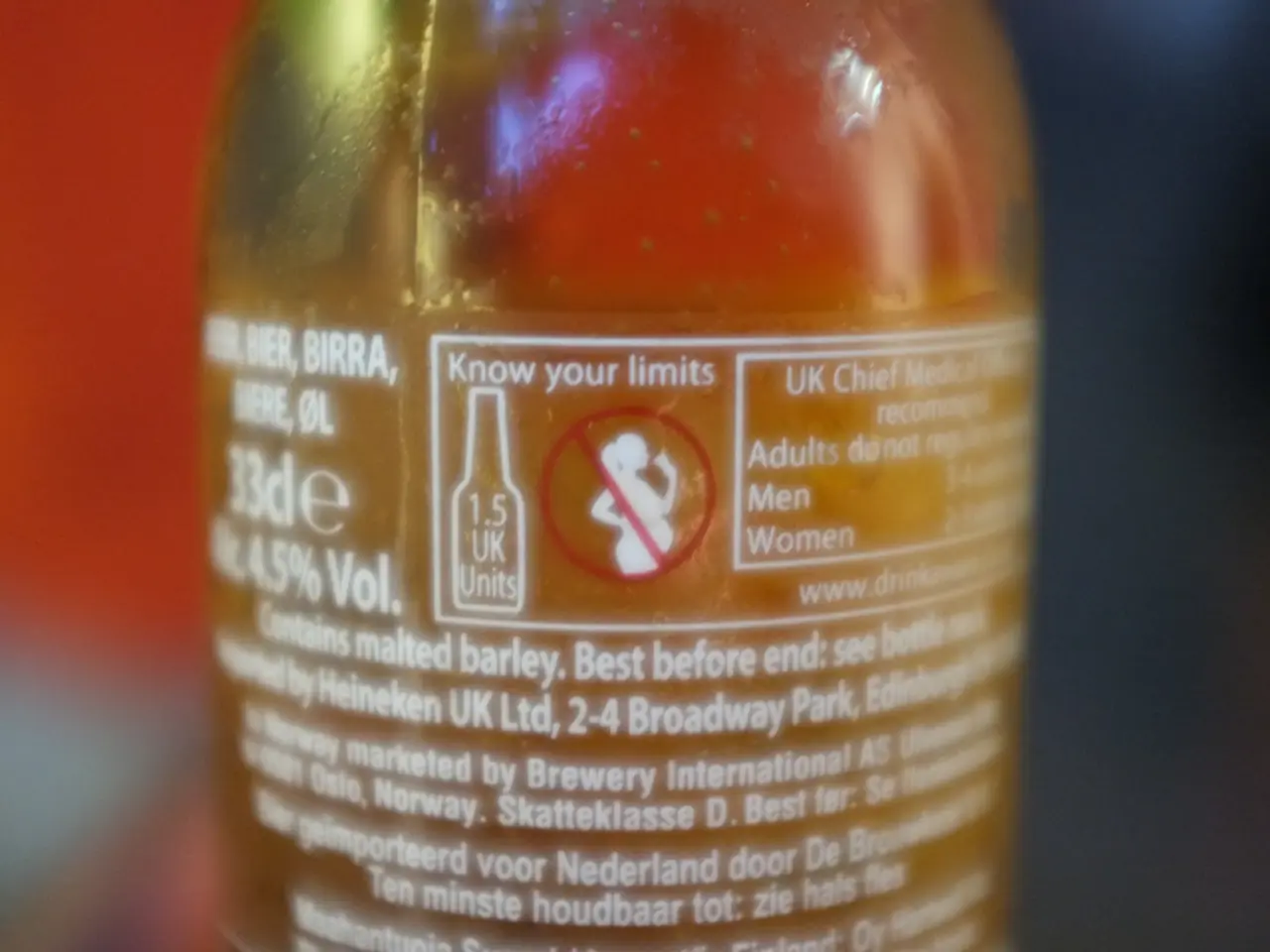Russian agricultural market facing competition from Belarusian equipment manufacturers - domestic producers express concerns
Russian Agricultural Machinery: A Tough Tussle with Belarus
Konstantin Babkin, president of the "Rosspecmash" association and co-owner of combine-harvester manufacturer "Rostselmash", has raised concerns over the significant drop in Russian agricultural machinery sales at the start of the year. He points towards an aggressive expansion by Belarusian producers, who are capitalizing on government subsidies.
In a recent interview, Babkin expressed worry that the current situation for Russian agricultural machinery sales borders on crisis. The key culprit? Competition from Belarusian producers, who enjoy state support such as preferential loans. While Russian farmers can obtain a loan from any bank with competitive interest rates, Minsk returns 15% of the annual interest rate. In contrast, commercial interest rates in Russia are 30% with no annual subsidies for domestic equipment.
These differences have created an unleveled playing field, making it challenging for Russian companies to compete. As a result, Babkin states that Belarusian producers are encroaching on the Russian market share, a trend that he believes is detrimental to the industry's stability.
In 2021, Belarusian combines occupied 17% of the Russian market. By 2024, that figure had climbed to 40%, according to Babkin. Under normal circumstances, he believes that Russian companies should command 75% of the market.
Babkin proposes two possible solutions: Either establish uniform subsidy rules between Russia and Belarus or increase funding for the Russian program of preferential loans, which currently allocates 10 billion Russian rubles, but requires 20 billion rubles.
The push by Belarusian producers into the Russian market can be attributed to a mix of trade dynamics, policy disparities, and competitive advantages, resulting in increased tensions and calls for market corrections.
Competitive Advantages
1. Financial Support: Belarusian manufacturers benefit from state-subsidized loans, making their equipment more affordable for Russian buyers.[1]2. Export Promotion: Belarus actively encourages machinery exports through tailored lending programs and regional partnerships.[2][4]3. Industrial Collaboration: Collaborative projects like Minsk Tractor Works’ dealer network expansion and MAZ-GRAZ partnerships bolster Belarusian market penetration.[3][5]
Impact
- Market Share Shifts: Belarusian combines have expanded their market share in Russia, pushing domestic producers' margins down.[1]
- Strain on Russian Industry: Sales of Russian agricultural machinery dropped by over 30% YoY in early 2025.[1]
- Deepened Integration: Cross-border manufacturing projects such as multi-brand centers and metro construction collaborations entrench Belarusian presence.[2]
Potential Solutions
- Subsidy Parity: Adopting Belarus’ preferential loan frameworks for domestic manufacturers would level costs.[1]
- Localization Incentives: Expanding joint production initiatives would balance trade while harnessing local resources.[2][5]
- Policy Coordination: Resolving grievances through increased bilateral cooperation, as suggested by Rosspetsmash, is essential to address "artificial distortions" in subsidy allocations.[1][4]
This trend highlights the need for adjustments in Russia’s agricultural machinery sector to address Belarus’ state-backed expansion, fostering mutually beneficial industrial collaboration.
1. Financial Edge: Belarusian harvester manufacturers maintain a competitive edge due to state-subsidized loans, providing lowered prices for Belarusian equipment in the Russian market. [1]2. Export Momentum: Belarus promotes machinery exports via specialized lending programs and regional partnerships, further fueling Belarusian market growth. [2][4]3. Collaborative Success: Collaborative projects like Minsk Tractor Works’ dealer network expansion and MAZ-GRAZ partnerships bolster Belarusian market presence. [3][5]4. Preserving Russian Market Share: To counteract Belarusian market encroachment, proposals include establishing uniform subsidy rules or increasing Russian preferential loan funding to match the current need. [1][4]







